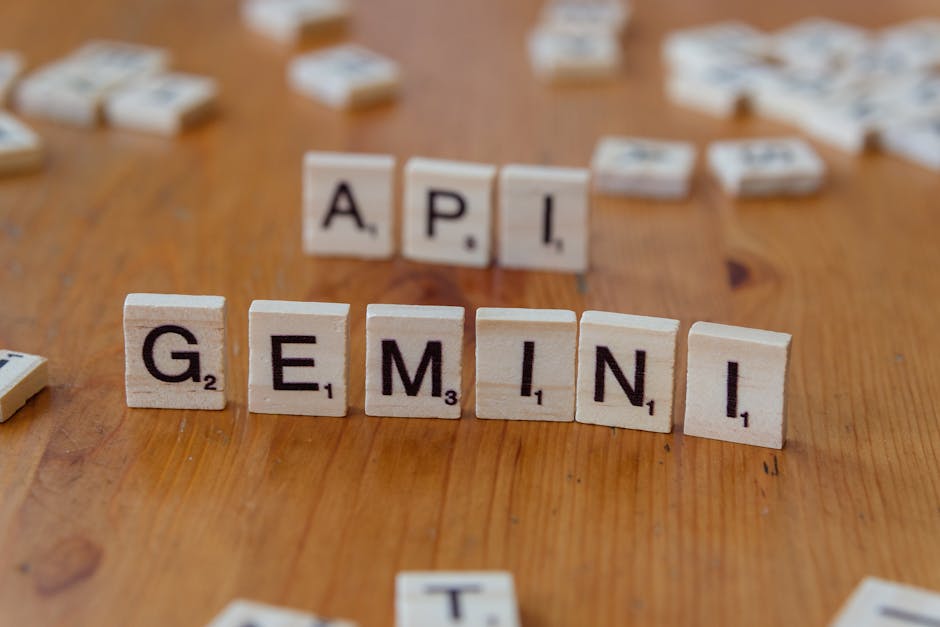In a landmark move for the tech industry, artificial intelligence leader OpenAI has signed a colossal $38 billion AI deal with Amazon. This multi-year partnership represents a significant alignment between the creator of ChatGPT and the world’s leading cloud provider, Amazon Web Services (AWS), poised to accelerate the development of next-generation AI.
This agreement is more than just a financial transaction; it’s a foundational investment in the future of artificial intelligence. Let’s explore the key dimensions of this deal and what it signals for the global technology landscape.
The Core of the Deal: A Quest for Compute Power
At its heart, this partnership is about securing immense computational power. OpenAI‘s advanced models, such as ChatGPT and DALL-E, require a staggering amount of resources to train and operate. This involves thousands of specialized chips running simultaneously, consuming vast amounts of energy and infrastructure.
The $38 billion commitment ensures OpenAI has long-term, scalable access to AWS‘s global infrastructure. This gives OpenAI the firepower to not only serve its millions of current users reliably but also to develop and train even more sophisticated models, including the highly anticipated GPT-5. Essentially, OpenAI is securing its supply chain for the most critical resource in the AI era: compute.
A Strategic Win for Amazon‘s AWS
For Amazon, this deal is a monumental victory in the competitive cloud market. While Microsoft is widely known as OpenAI’s primary backer, this agreement solidifies AWS‘s indispensable role in the AI revolution. By landing a client of OpenAI‘s magnitude, Amazon powerfully reinforces its position as the foundational platform for the AI industry’s most demanding workloads.
This move serves as a direct challenge to competitors like Microsoft Azure and Google Cloud, demonstrating that when the biggest names in AI need to scale, AWS remains a top destination.
Beyond Microsoft: OpenAI‘s Multi-Cloud Strategy
This partnership also sheds light on OpenAI‘s strategic thinking. By heavily investing in AWS infrastructure alongside its deep ties with Microsoft, OpenAI is embracing a multi-cloud strategy. This is a pragmatic approach to de-risk operations, prevent dependency on a single provider, and ensure access to the best technology available across the market. It’s a diversification lesson that companies worldwide will be studying closely.
Implications for India’s Tech Ecosystem
The ripples of this deal will be felt strongly across India’s thriving tech ecosystem. From Bengaluru to Gurugram, a vast majority of Indian startups and IT service giants build their products and run their operations on AWS. A deeper integration between OpenAI and AWS could lead to several benefits:
- Enhanced Access: Indian developers may gain more reliable, faster, and potentially more cost-effective access to cutting-edge OpenAI models through the AWS platform.
- Innovation Catalyst: An Indian fintech startup could deploy a more robust fraud detection system, or an ed-tech company could build a more responsive AI tutor for students in Tier-2 and Tier-3 cities.
- Skill Development: The partnership reinforces the importance of skills in cloud computing and AI deployment on AWS, further cementing India’s position as a global tech talent hub.
The $38 billion handshake between OpenAI and Amazon is far more than a headline. It is the digital equivalent of building a global superhighway for the age of artificial intelligence, and a significant portion of that future will be hosted on Amazon‘s servers.




